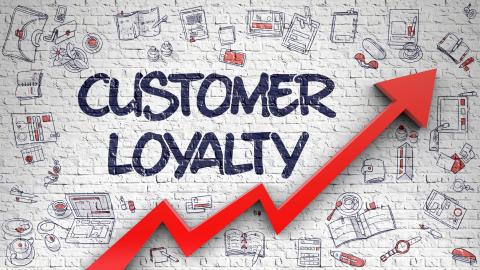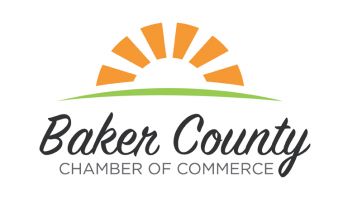
One of the most important and valuable pieces of information a company has is its database of existing customers. When properly utilized, your customer database can help you learn more about your customers, their professional needs and desires, and the best ways to connect with them time and time again. Here are some great first steps to put you on the right path.
Research Information
To understand how to market to each individual customer, first you have to learn about them. This should be done through a combination of active engagement, directly asking your customers questions about themselves and their buying experience to passive data-gathering. You don’t need to know every little piece of information about them, just the traits you have identified as being important to your company. This can range from everything to demographic information to social media presence to their personally identified preferences. This is not a one-time project but rather something your company constantly should be working to keep updated (though a lot of it can be done through AI.
Identify Personas and Segment
Once you have the information that you want on your existing customers, it’s important to identify groups of similar people, also called marketing personas. All of these people have used your product or service in the past. That’s a great start, but what else unites some of these types of people? Maybe one persona is single women between 25 and 35 who primarily engage online, and another is for married men 55-65 who prefer conversations over the phone. One persona might purchase at different times of the year than another. The specifics of the personas you create will be determined by the information you have gathered. Grouping people into these personas allows you to much more easily create targeted, specific messaging that is relevant to a significant percentage of your customer base.
Personalize
Persona give you the general blueprint for how to communicate with your existing customers, but nobody wants to receive an email that begins “Hello Persona #3.” People want, and are coming to expect, the appearance of one-to-one communication. This begins with emails addressed to them by name but can go much further. For instance, you can send personalized offers on important days – a birthday, an anniversary, or perhaps the anniversary of their starting to buy from with your company. Personalized emails also can be useful in showing previews of relevant new products or services. This is where personalization really starts to pay off. If you can make customers feel like you about them as individuals, they will want to continue to work with you.
If you aren’t taking full advantage of your existing customer database, you are taking a pass on one of your most lucrative revenue streams. After all, on average 80% of a company’s business comes from just 20% of its customers. Researching, segmenting, and personalizing your customers will go a long way to properly activating this invaluable business resource.






